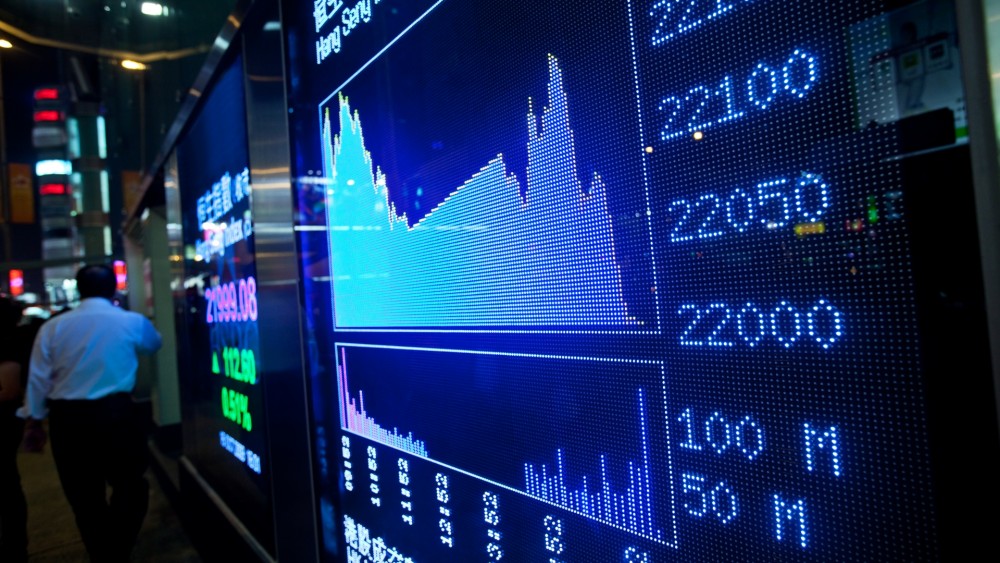Wednesday January 22, 2025
- ALL NEWS
- SMALL & MEDIUM ENTERPRISES (SME)
- INTERNATIONAL TRADE
-
REGIONS
-
NON-REGIONAL
Search

The World Bank has warned that economic growth will slow in 2022 as a result of the ongoing strain caused by the Covid-19 pandemic, as well as the withdrawal of government stimulus packages introduced to combat the economic downturn, the global drop in demand, and the impact of the conflict in Ukraine. However, trade is expected to grow during this difficult economic period.
Why Has the World’s Economy Slumped?
Although the global economy showed signs of bouncing back in 2021, in 2022, new risks have slowed growth. The emergence of novel variants of Covid-19, along with inflation, increasing debt and income inequality, and global events such as the Russia-Ukraine war have slowed the economic growth witnessed last year.
The Global Economic Prospects report from the World Bank has revealed that the global economic growth rate is predicted to slow from the 5.5% seen in 2021 to 4.1% in 2022. The World Bank also expects that this deceleration will continue into 2023, with growth falling further, to 3.2%. This long-term stall of growth is attributed to a global drop in demand and a reduction in fiscal support.
Should We Fear a Return of Stagflation?
The report, released by the World Bank in June, offers comparisons to the current global economic downturn to the stagflation of the 1970s. They emphasize how stagflation would likely disproportionately affect developing economies and remind us that in the 1970s, increases in interest rates in large economies were needed to address the slump, which went on to trigger a pattern of financial crises. This would, however, be a worst-case scenario for how the economic landscape evolves over the coming years. Fortunately, there are some positive signs that we are better positioned now than we were in the 1970s. Trade, for example, is expected to grow.

Trade Is Expected to Grow despite the Economic Slump
Reports other than that of the World Bank provide another perspective on the global economic situation. While there is undoubtedly a slump in economic growth, certain areas are predicted to prosper. According to a report by Euler Hermes, although supply chain issues will continue to affect global trade throughout 2022, growth will still reach 5.4%. This growth will also continue in 2023, increasing by another 0.4%.
Factors expected to influence trade and the global economy in 2023 include a drop in demand for durable goods due to their longer replacement cycle. Because of the shift toward more sustainable consumer behaviors, this is likely to continue in the long run. In most sectors, however, inventories have returned to, or even exceeded, pre-pandemic levels, assisting the supply chain to recover from the disruption caused by the pandemic. Finally, the shipping congestion that existed throughout 2020-2022 is subsiding. There is also a planned investment of $17 billion into port infrastructure (e.g. shipping containers) that will benefit the sector.
Overall, while the economy looks set to slump, global trade is expected to weather the storm.
Stay Tuned with Exports News
Found this article interesting? Then check out our News Page for more!
No Comments
Add comment



We’re happy you are satisfied with Exports News. Please let us know if you need enything!
support@exportsnews.comWe’re sorry your experience was not satisfactory. Please let us know how we can improve your experience:
Please contact us with any questions or concerns: support@exportsnews.com


Your feedback has been received! If you have any other questions or concerns, please contact us at:


There aren't any comments yet. Be the first to comment!